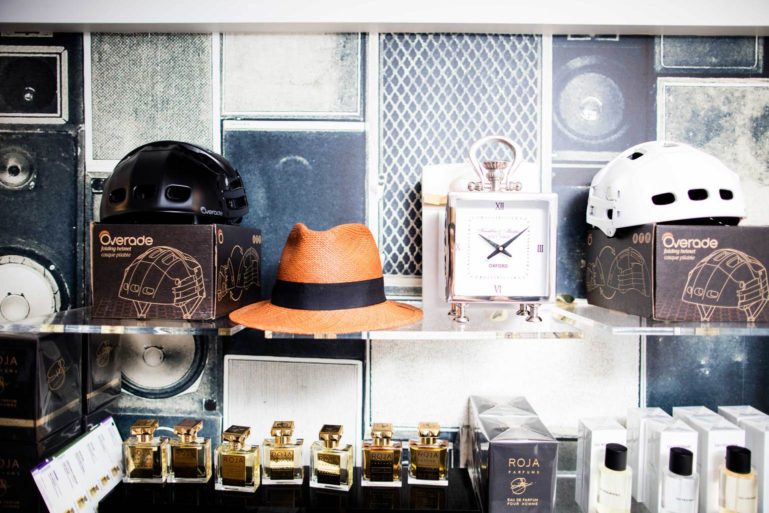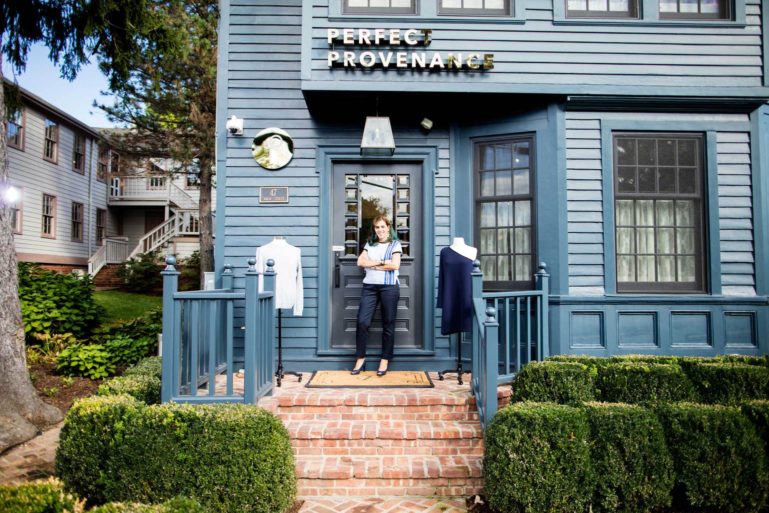
Top Suggestive Selling Techniques to Increase Retail Sales
If you’re looking to increase sales in your retail store, suggestive selling is an excellent way to increase the average transaction size and overall revenue of your business.
Suggestive selling is a technique used in sales to convince customers to add additional items to their purchase. This gives the client the opportunity to think and explore the shop further to find out if there is anything else they need. Paired with quality customer service, suggestive selling can influence customers to purchase items that they did not intend on buying when they first walked through your doors.
In most cases, the product that they pick is smaller and cheaper than their original intended purchase. The central ideology behind suggestive selling is that the customers already have the intention to buy something, so getting them to buy something smaller will not be a problem.
Benefits of Suggestive Selling
Maintaining and building a list of loyal clientele is a crucial aspect of your selling strategy. When applied correctly, you can use suggestive selling to increase sales at your store. Think of it this way. If it costs you $50 to get customers inside your store and you only sell them $50 of merchandise, you’re losing money. This is because of all of the other variable costs that come into play when running your business.
By using personalized statements and questions, you enable your customers to make better purchasing decisions, resulting in increased customer satisfaction. When this is done correctly, customers leave your store happy, and chances of them coming back for more are very high.
Though it might it take a while to strike a delicate balance between nudging them in the right direction or pushing them out the door, the concept of suggestive selling is simple. Once your employees know what to say, when and how to say it, it’s just a matter of getting into the habit of implementing the correct techniques.

Suggestive Selling Techniques and Examples
It’s important to note that there’s a thin line between suggestive selling and irritating your customers. If your customers feel pressured, they will either avoid the store altogether or come less frequently. You need to ensure that your patrons leave your business feeling happy and excited to return to your store. So, it’s important to train your support staff on proper suggestive selling techniques.
Here are a few to keep in mind:
1. Welcome your customers with a hook. Research has shown that the simple act of saying “hi, have you been here before,” can increase sales by 16 percent. If a close-ended question can increase sales by 16%, imagine what asking the right kind of questions can do for your business. Since some of your shoppers may not have a particular purchase in mind, try opening or following up with statements or questions that encourage them to take action or provide you with a lengthier response. For example, in a cosmetics store, you can start with “Welcome. We’re currently running a promotion on our new brand of perfumes. Feel free to explore them on our right, Jessica by the cosmetic display can answer any of your questions.”
2. Use personalized statements and inquiries. Complementary questions and statements, encourage customers to find out more about the items in your store. For example, if a customer is trying on shoes in your store, you can ask them what they plan on using the shoes for, how they typically care for their shoes or how much they are willing to spend. These kinds of inquiries show customers that you care about their needs, building trust and rapport, which naturally leads to up-selling opportunities.
Additionally, any time that the client seems in doubt or cannot make up their mind about a product, you should be able to give them information that will help them make an informed decision based on their needs. For example, if your customer is trying on a pair of heels but is worried about how comfortable they are going to be, you can validate the purchase with the following kind of statement.
“This is one of the most popular styles in our collection. I’m surprised we have any in stock. If you’re used to wearing heels, I think you’ll be fine. If not, we sell these really comfortable inserts that will make you feel like you’re walking on clouds.”
Of course, these kinds of statements only work if you’re sincere with your customers. Make sure your employees are fully trained on all of your store products and understand how to position their value.

3. Suggest other items that they might need. In the example above, we illustrated how to recommend an add-on that not only alleviates the customer’s concerns but also makes sense for their potential purchase. Always look for opportunities to recommend products based on what your customer has already chosen. Your customers will not only be appreciative of the quality customer service, but they are more likely to consider one of the items you are suggesting. For example, if you own a women’s clothing boutique and a customer is trying on a necklace, compliment the customer and recommend a pair of earrings to match. Here’s what that might sound like. “That looks gorgeous on you. We have the perfect earrings to match. Do you want to try them on?”
The key here is not to be overly pushy. It has to feel like their idea. Once the buyer has made their purchases, your cashier should thank them and invite them to come back again. Also take the time to invite customers to any upcoming events or inform them of your planned promotions.
SEE ALSO: 26 Inexpensive Customer Appreciation Day Ideas
How a Retail POS System Can Help
Though you might not associate suggestive selling techniques with a point of sale system, the insights POS software provides can arm you with the knowledge you need to increase sales. In addition to being faster and more secure at the point of sale than old legacy cash registers, POS systems also help with customer management by keeping track of what each of your customers purchases. So if a repeat customer wanders into your store and you see in their customer profile that they recently bought a specific bottle of wine, you can personalize their experience by asking them how they enjoyed it. This tactic opens the door for additional recommendations that suit their preferences.
Sixty-eight percent of customers who walk out of a business empty handed do so because they feel like no one cares. Learning the fine art of suggestive selling is a surefire way to take your business to greater heights. It is simple, cost effective, efficient and it all starts with a simple greeting and a little extra effort on behalf of your employees.
Want to try ShopKeep for yourself?
Just answer a few easy questions.
Need help finding the right point of sale?
Just complete the form. We’ll call you right back to explain how ShopKeep can work for you.
Hit the ground running.Sprinting, in fact!
Read our free, comprehensive guide, Small Business 101, to learn all you need to know about starting a thriving business.

